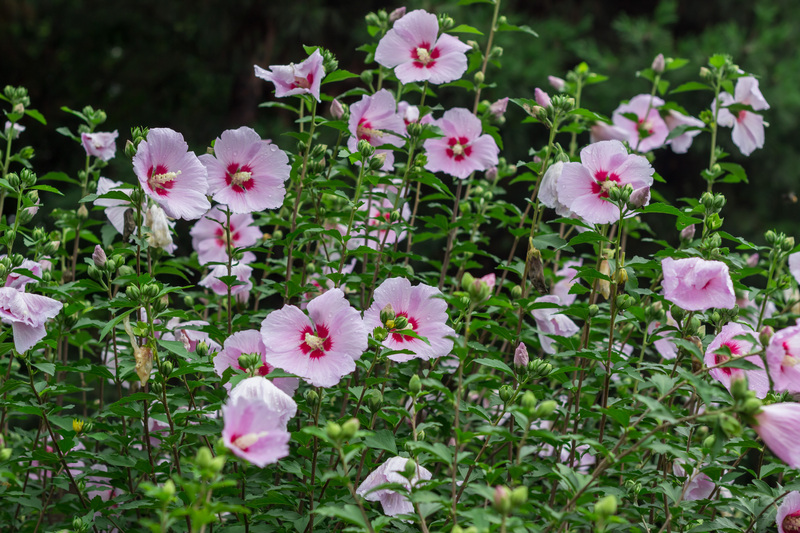How to Spot Early Signs of Drought Damage in Your Yard and Take Action
Posted on 18/09/2024
Safeguarding Your Yard Against Drought: Early Signs to Look Out For
With climate change on the rise, droughts have become a recurring problem in many parts of the world. The lack of rainfall and extreme heat can lead to dry soil, wilted plants, and brown patches in your yard. Not only does this diminish the aesthetic appeal of your outdoor space, but it also poses a threat to the health of your plants and trees. However, with early detection and swift action, you can prevent severe damage to your yard and maintain its lush greenery. In this article, we will discuss how to spot early signs of drought damage in your yard and take immediate action.

Signs of Drought Damage
The first step in safeguarding your yard against drought is being able to recognize the early signs of damage. Here are some common indicators that your yard may be suffering from drought:
1. Wilting Plants - One of the most obvious signs of drought damage is when your plants start to wilt and droop. This is because they are not receiving enough water to sustain their growth.
2. Dry Soil - Take a look at the soil in your yard, if it appears cracked and dry, it means there is not enough moisture for the plants to thrive.
3. Brown Patches - As the lack of water continues, you may notice brown patches scattered throughout your yard. This is caused by dying grass due to dehydration.
4. Stunted Growth - If you notice that your plants are not growing as quickly as they used to or they are not producing flowers or fruits, it could be a sign of drought stress.
5. Leaf Curling - Another indication that your plants are not getting enough water is when their leaves start to curl and turn yellow or brown.
The Importance of Taking Action
Early detection is crucial because if left unchecked, drought damage can quickly escalate and cause irreversible harm to your yard. The lack of water weakens your plants' immune system, making them more susceptible to diseases and pests. It also stunts their growth and reduces their ability to produce flowers and fruits. Taking action when you spot these signs can save your yard from further damage and ensure its speedy recovery.
Tips for Reviving Your Yard
Reviving a drought-stricken yard may seem like a daunting task, but with the right steps, you can nurse it back to health. Here are some tips for restoring your yard's lush greenery:
1. Water Deeply - Instead of frequent shallow watering, it is essential to water your yard deeply once or twice a week. This will encourage deeper root growth, making your plants more resilient to drought.
2. Mulch - Apply a layer of mulch around your plants' base to help retain moisture in the soil. This will also prevent weeds from growing, saving your plants' water supply.
3. Keep an Eye on Sprinklers - Make sure that your sprinkler system is functioning correctly and not wasting water by overspraying on sidewalks or driveways.
4. Use Drought-Resistant Plants - When planning your landscaping, consider using a mix of native and drought-resistant plants that require less water.
5. Conserve Water - Simple actions like fixing leaks, collecting rainwater, and watering during cooler hours can go a long way in conserving water.

The Pros and Cons of Drought-Tolerant Landscaping
While implementing drought-resistant landscaping practices do have numerous benefits such as reducing water usage, there are also some drawbacks to consider.
Pros:
- Less maintenance required
- Reduced water bills
- Increased resilience against drought
- Can add aesthetic appeal to your yard
Cons:
- Limited plant options
- Initial costs of replacing plants and installing new irrigation systems
- May take time for plants to establish
Conclusion
In conclusion, being able to spot early signs of drought damage in your yard and taking action is crucial in maintaining a healthy and thriving outdoor space. With the right care and attention, you can prevent severe damage to your yard and help it recover from drought stress. By following the tips mentioned in this article and incorporating drought-resistant landscaping practices, you can create a beautiful, sustainable, and resilient yard that can withstand even the driest of summers. Remember, every drop counts in preserving our environment, so let's do our part in conserving water while keeping our yards green and healthy.

